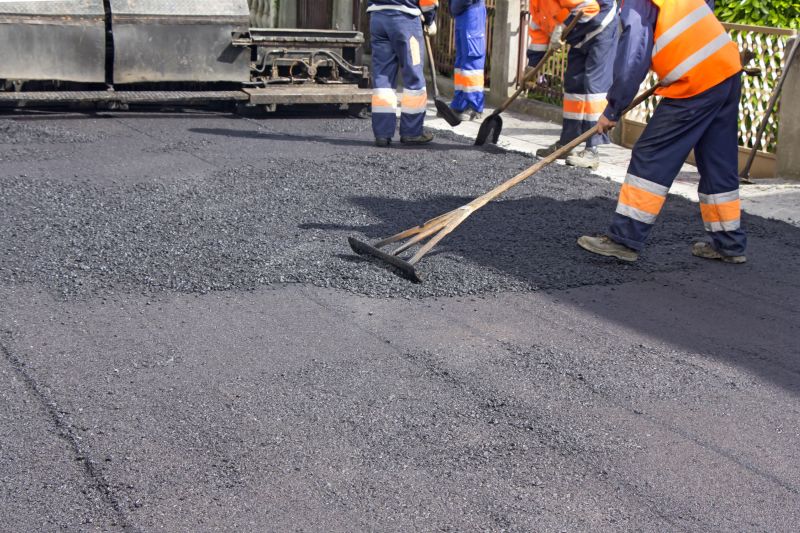Optimal Timing for Industry Gradings
Gradings are important milestones in various industries, providing assessments of progress, quality, or skill levels. Timing of gradings can impact their effectiveness and relevance, making it essential to choose optimal periods for conducting these evaluations.
Scheduling gradings during periods of stable weather and operational activity ensures smooth assessment processes and minimizes disruptions.
Aligning gradings with business or project cycles allows for accurate reflection of current performance levels.
Choosing times when key personnel are available ensures that assessments are thorough and comprehensive.
Following industry-specific timelines or guidelines can help maintain consistency and compliance.

Image depicting personnel conducting a grading assessment.

Image showing a team discussing grading results.

Image of tools used during grading evaluations.

Image of a progress review session.
| Aspect | Optimal Timing |
|---|---|
| Weather Conditions | Spring or fall for moderate weather |
| Business Cycles | End of fiscal quarter or project completion |
| Staff Availability | During scheduled downtime or off-peak hours |
| Industry Standards | As per industry-specific guidelines |
| Preparation Time | At least 2-4 weeks before planned grading |
Gradings serve as a vital tool for measuring progress and quality in various fields. Proper timing ensures assessments are accurate, relevant, and beneficial for planning future activities. Strategic scheduling can lead to better resource allocation and more meaningful results.

Image of a grading session in progress.

Image showing grading reports and documentation.

Image of team members reviewing grading outcomes.

Image of the final grading review meeting.
Individuals or organizations interested in scheduling gradings are encouraged to contact for further assistance. Proper timing can significantly influence the success and usefulness of the assessment process.
